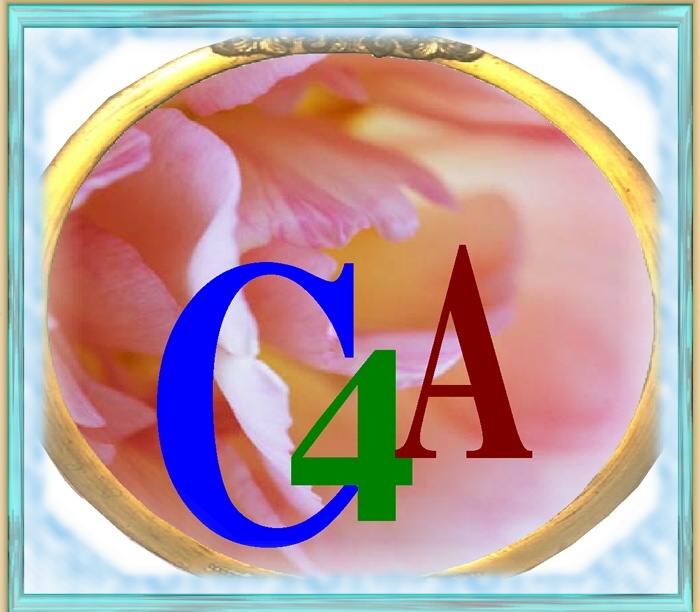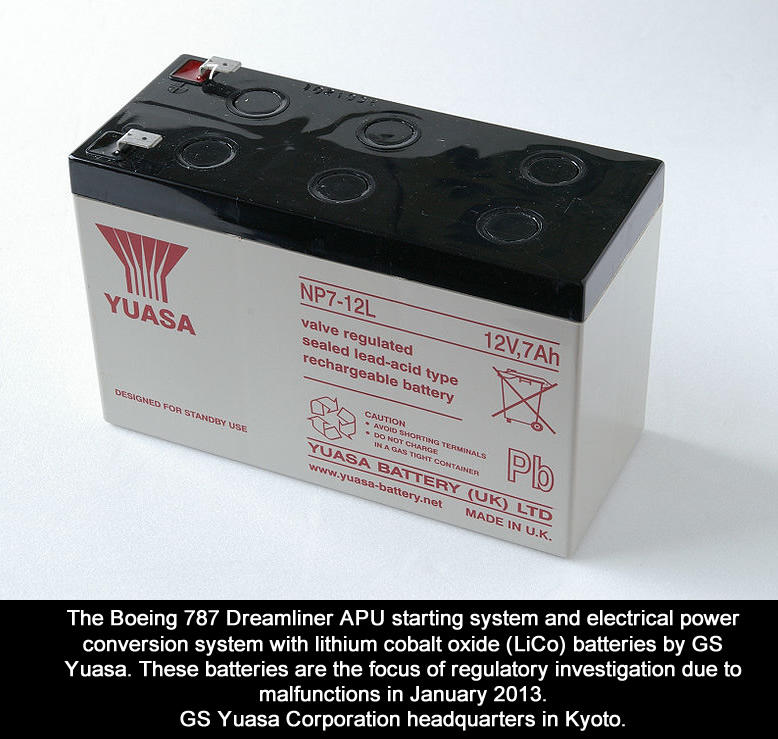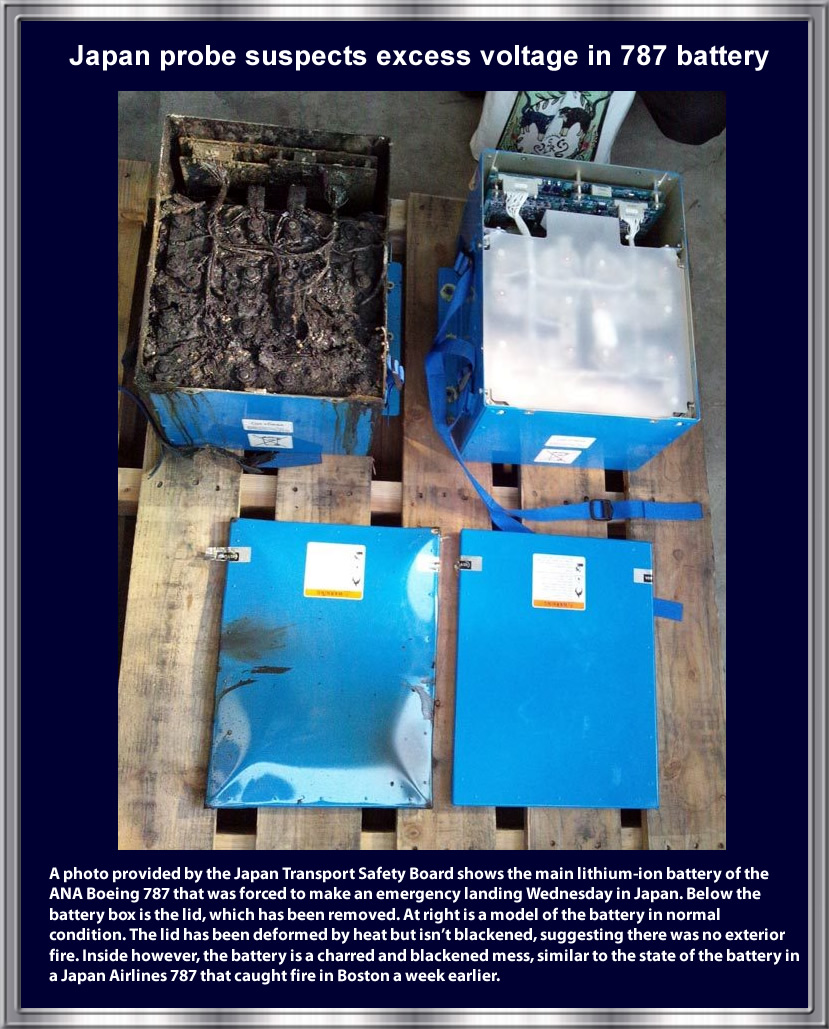Boeing Statement on Federal Aviation Administration 787 Action
|
Boeing is
confident the 787 is safe and stand behind its overall integrity. Boeing will
be taking every necessary step in the coming days to assure the customers and
the traveling public of the 787's safety and to return the airplanes to
service. FAA Federal
Aviation Administration, made press release FAA Statement due to the Boeing
787 battery incident earlier in Japan, the FAA is taking action issued an
emergency airworthiness directive (AD) to address a potential battery fire risk
in the 787 and require operators to temporarily cease operations. Before
further flight, operators of U.S.-registered, Boeing 787 aircraft must
demonstrate to the Federal Aviation Administration (FAA) that the batteries are
safe. FAA stated
that The in-flight Japanese battery incident followed an earlier 787 battery
incident that occurred on the ground in Boston on January 7, 2013. The AD is
prompted by this second incident involving a lithium ion battery. The battery
failures resulted in release of flammable electrolytes, heat damage, and smoke
on two Model 787 airplanes. The root cause of these failures is currently under
investigation. These conditions, if not corrected, could result in damage to
critical systems and structures, and the potential for fire in the electrical
compartment. Last Friday,
the FAA announced a comprehensive review of the 787’s critical systems with the
possibility of further action pending new data and information. In addition to
the continuing review of the aircraft’s design, manufacture and assembly, the
agency also will validate that 787 batteries and the battery system on the
aircraft are in compliance with the special condition the agency issued as part
of the aircraft’s certification. United
Airlines is currently the only U.S. airline operating the 787, with six
airplanes in service. When the FAA issues an airworthiness directive, it also
alerts the international aviation community to the action so other civil
aviation authorities can take parallel action to cover the fleets operating in
their own countries. On the 787, Honeywell and Rockwell Collins provide flight control, guidance, and other avionics systems, including standard dual head up guidance systems, Thales supplies the integrated standby flight display, the APU starting system and electrical power conversion system with lithium cobalt oxide (LiCo) batteries by GS Yuasa. These batteries are the focus of regulatory investigation due to malfunctions in January 2013. GS Yuasa Corporation headquarters in Kyoto. In the Dreamliner's first year of service, at least four aircraft suffered from electrical systems problems. Boeing CEO James McNerney told media outlets in December 2012 that the problems were no greater than those experienced by the company with the introduction of other new models, such as the Boeing 777. Boeing and FAA's investigation report was consistant with the following investigation and report: On November 25, 2012, it was reported that Air India had requested a team of Boeing engineers come to India to address issues described as "teething problems" with its aircraft. Early on the aircraft suffered from a cracked cockpit window and brake problems. On January 7, 2013, a battery overheated and started a fire in an empty 787 operated by Japan Airlines (JAL) at Boston's Logan International Airport. A second 787 also operated by JAL experienced a fuel leak on January 8, and its flight from Boston was canceled. On January 9, United Airlines reported a problem in one of its six 787s with the wiring in the same area as the battery fire on JAL's airliner; the U.S. National Transportation Safety Board subsequently opened a safety probe. On January 11, 2013, a cockpit window cracked and another engine was found to have a fuel leak. On January 11, 2013, the FAA announced a comprehensive review of the 787's critical systems, including the design, manufacture and assembly. US transportation secretary Ray LaHood stated the administration was "looking for the root causes" behind the recent issues. The head of the FAA, Michael Huerta said that so far nothing found "suggests it [787] is not safe". On January 13, 2013, a Japan Airlines 787 at Narita International Airport outside of Tokyo, was found to have a fuel leak of 100 liters (26.5 U.S. gallons) during an inspection. The aircraft reportedly was the same one that had a fuel leak in Boston on January 8. This leak however was caused by a different valve; the causes of the leaks are unknown. Japan's transport ministry have also launched an investigation. On January 16, 2013, an All Nippon Airways 787 made an emergency landing at Takamatsu Airport on Shikoku Island after the flight crew received a computer warning that there was smoke inside one of the electrical compartments. Yuasa formed a joint-venture company with General Battery Corporation in 1976. Yuasa manufactured its first battery in 1979 in the United States, producing standard conventional and Yumicron 12 volt batteries. Yuasa developed a maintenance free and gas recombination battery for powersports vehicles in the early 1980s, and the first AGM battery, intended for ATV applications. Yuasa was sold by General Battery Corporation to Exide Corporation in 1987 to form Yuasa/Exide Battery Corporation. Yuasa/Exide then purchased Exide's Industrial Division to become Yuasa Inc. in 1991. After selling off its industrial division to Enersys in 2000, Yuasa Inc. changed its name to Yuasa Battery Inc. In 2004, Yuasa Japan merged with Japan Storage Battery to form GS Yuasa Corporation.
Now the top power sports battery producer, Yuasa provides nearly 90% of the batteries used in power sport vehicles in North America. According to the media report The company, Yuasa was linked to faulty batteries used in Boeing's Dreamliner plane. Lithium cobalt oxide (LiCoO2) is a chemical compound commonly used in the positive electrodes of lithium-ion batteries. The structure of LiCoO2 is known theoretically and has been confirmed with techniques like x-ray diffraction, electron microscopy, neutron powder diffraction, and EXAFS: it consists of layers of lithium that lie between slabs of octahedra formed by cobalt and oxygen atoms. Lithium (from Greek lithos 'stone') is a soft, silver-white metal with symbol Li and atomic number 3. It belongs to the alkali metal group of chemical elements. Under standard conditions it is the lightest metal and the least dense solid element. Like all alkali metals, lithium is highly reactive and flammable. The burned insides of a battery in the Boeing 787 at the center of a worldwide grounding of the aircraft indicate it operated at a voltage above its design limit, a Japanese investigator said Friday.
Lithium and its compounds have several industrial applications, including heat-resistant glass and ceramics, high strength-to-weight alloys used in aircraft, lithium batteries and lithium-ion batteries. These uses consume more than half of lithium production. Thales selected GS Yuasa for Lithium ion battery system in Boeing’s 787 Dreamliner. GS Yuasa’s Li-ion technology offers some key advantages over the existing nickel-cadmium solution used in commercial jetliners. With 100% greater energy storage capacity, lithium-ion offers two times of energy from the same dimension nickel-cadmium battery. The battery can charge from 0 to 90% in only 75 minutes and comes with battery management electronics which guarantees multiple levels of safety features. The rugged prismatic sealed battery design is capable of withstanding extreme operating conditions far greater than those normally seen in commercial aircraft operation and requires absolutely no maintenance. GS Yuasa is the leading Japanese producer of batteries and energy storage technologies and second largest lead-acid battery manufacturer in the world with annual revenues of $2.1 billion. The group produces Li-Ion, Ni-Mh, lead-acid, silver zinc batteries along with power supplies, rectifiers, UPS units, and a wide array of lighting products with 23,000 employees in 28 factories across 14 countries around the world. Dr. John Goodenough invented lithium cobalt oxide cathode materials while at Oxford University. His technology was used in the first commercial Li-ion battery, launched by SONY in 1991. More recently, at the University of Texas, Austin, Dr. Goodenough patented a new class of iron phosphate materials with potential to replace the more costly cobalt materials. In 2000, he received the prestigious Japan Prize for his discoveries of the materials critical to the development of lightweight rechargeable batteries. On September 17, 2009, U.S. Energy Secretary Steven Chu named John B. Goodenough as a winner of the Enrico Fermi Award ' in recognition for his lasting contributions to materials science and technology, especially the science underlying lithium-ion batteries. Dr. Goodenough, a physicist, identified and developed the cathode materials for the lithium-ion rechargeable battery that is ubiquitous in today’s portable electronic devices. This material has proven to be inexpensive, environmentally friendly, safe, sustainable, and capable of thousands of charge cycles with a constant output voltage without a loss of capacity. Boeing is committed to supporting the FAA and finding answers as quickly as possible. The company is working around the clock with its customers and the various regulatory and investigative authorities. Boeing will make available the entire resources of The Boeing Company to assist. Source Boeing.
|


